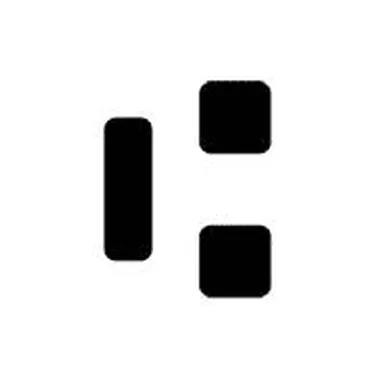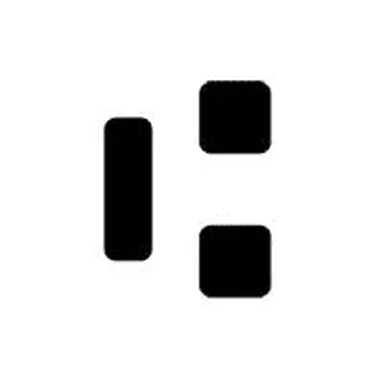
MICR Uses ABA and Account Numbers
MICR encodes two very important numbers on the bottom of a check: the American Banker's Association (ABA) routing number and an account number. The ABA routing number, sometimes called an ABA number or just a routing number, uses a combination of codes to indicate the institution where the check was issued. The code, which always totals nine digits, expresses a unique identifier composed of a four-digit Federal Reserve routing symbol, a four-digit ABA institution number and a single check digit. The second set of numbers printed on the bottom of the check represents the bank account number of the associated checking account.
MICR Is Magnetic Technology
Video of the Day
The very term MICR, a shorter way of expressing the phrase "Magnetic Ink Character Recognition," captures and describes the MICR functionality. For a check to be used as a valid payment instrument, two things must be present: an identifier for the issuing bank and the customer's account number at that financial institution. MICR encodes this information into magnetic ink and prints it on the bottom of the check where it can be quickly and easily read by automated check sorting machines. When a check is processed, it is passed through machines where a magnetic sensor reads the ABA routing and account numbers, creates an electronic record of the check, and forwards it on to the originating financial institution for processing.
Video of the Day
Special Characters Indicate MICR Segments

Although MICR technology is almost universally used for processing checks, the MICR components are not always in the same order. While many banks choose to print the ABA routing number first and the account number second, others choose to invert this arrangement, and still others inject the unique check number. Banks are able to manipulate the order of these numbers because the ABA routing number is set off by a special routing character that somewhat resembles a sideways smiley face. By using the routing character on either side of the ABA routing number, the MICR numbers can be arranged in any order and still perform their intended function.